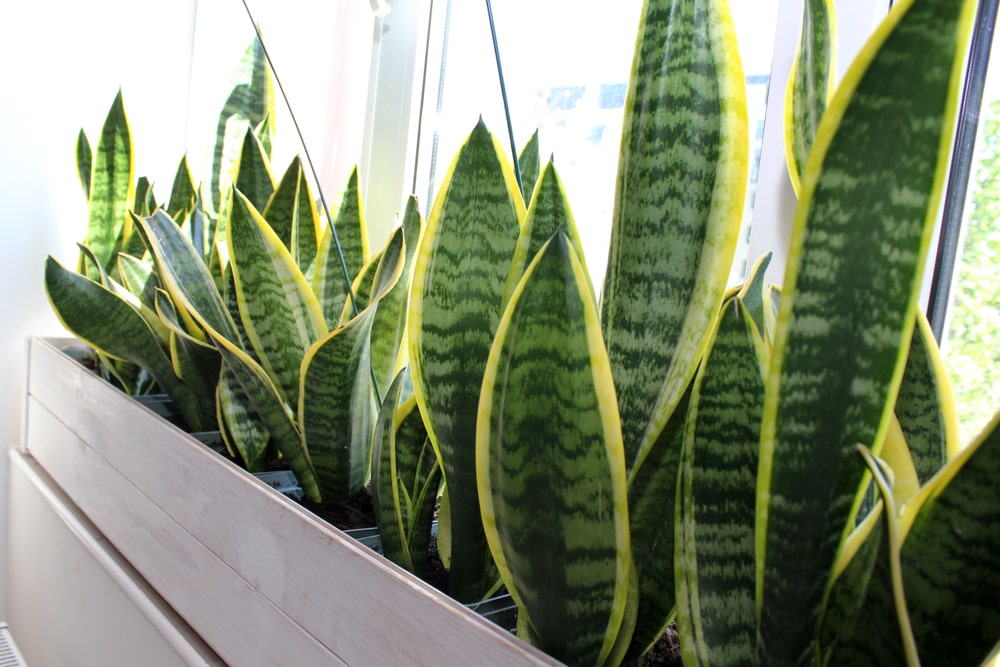LATELY, HOMEOWNERS AND APARTMENT DWELLERS ARE LOVING THIS PLANT
In growing up I remember both of my great grandmothers having this plant in their homes. To this day, I still don’t know why I remember such a trivial fact with my great grandmothers unless I was just intrigued by the plant at a very early age.
Today, the Snake plant is having a new resurgence in popularity. Without a doubt, this is one of the more popular tropical plants that we carry inside the greenhouse. I think one reason for its popularity is that it is easy to maintain and it has a tidy growing habit with no stems, only long, upright, slender, thick, sword-like blades. Maybe this is why my great grandmothers had this plant. And, with their large families, they didn’t have any spare time to fuss over hard to care for plants.
But, why the name? The word “snake” has such a negative connotation with the name. So does its other nickname “Mother-in-Law’s Tongue.” Possibly the nicknames come from the fact that this plant has sharp margins and is nearly indestructible.
The botanical name for snake plant is Sansevierias. Sansevierias are native to tropical Africa, Madagascar, and Arabia, and are members of the lily family. There are at least 130 species and cultivars of sansevieria and 60 or so cultivars of the most commonly produced species, S. trifasciata, the species commonly called snake plant. Sansevierias are succulent perennial herbs that spread by stout creeping rhizomes and are considered invasive in tropical areas of the globe. This aggressive, robust habit, however, is what makes them such good houseplants. They are fast growing, tolerate a wide range of soils and light exposures, drought tolerant, and long-lived (up to 50 years). They are also considered good “air purifiers”, removing toxins commonly found in indoor environments.
Sansevieria will let you know when they need a larger (or sometimes just deeper) pot, as they will either push themselves up out of the container, or their strong rhizomes will break the pot open. They may also surprise you by producing an erect raceme of small fragrant flowers. Although these plants are very reliable, almost indestructible, over-potting and exposure to cold temperatures can do them in.
Come on in and let us show you our selection of snake plants. Go ahead and jump on the bandwagon. Bottom line, they are great plants to have in your home or office.
HAPPY HOUSEPLANTING!!!

